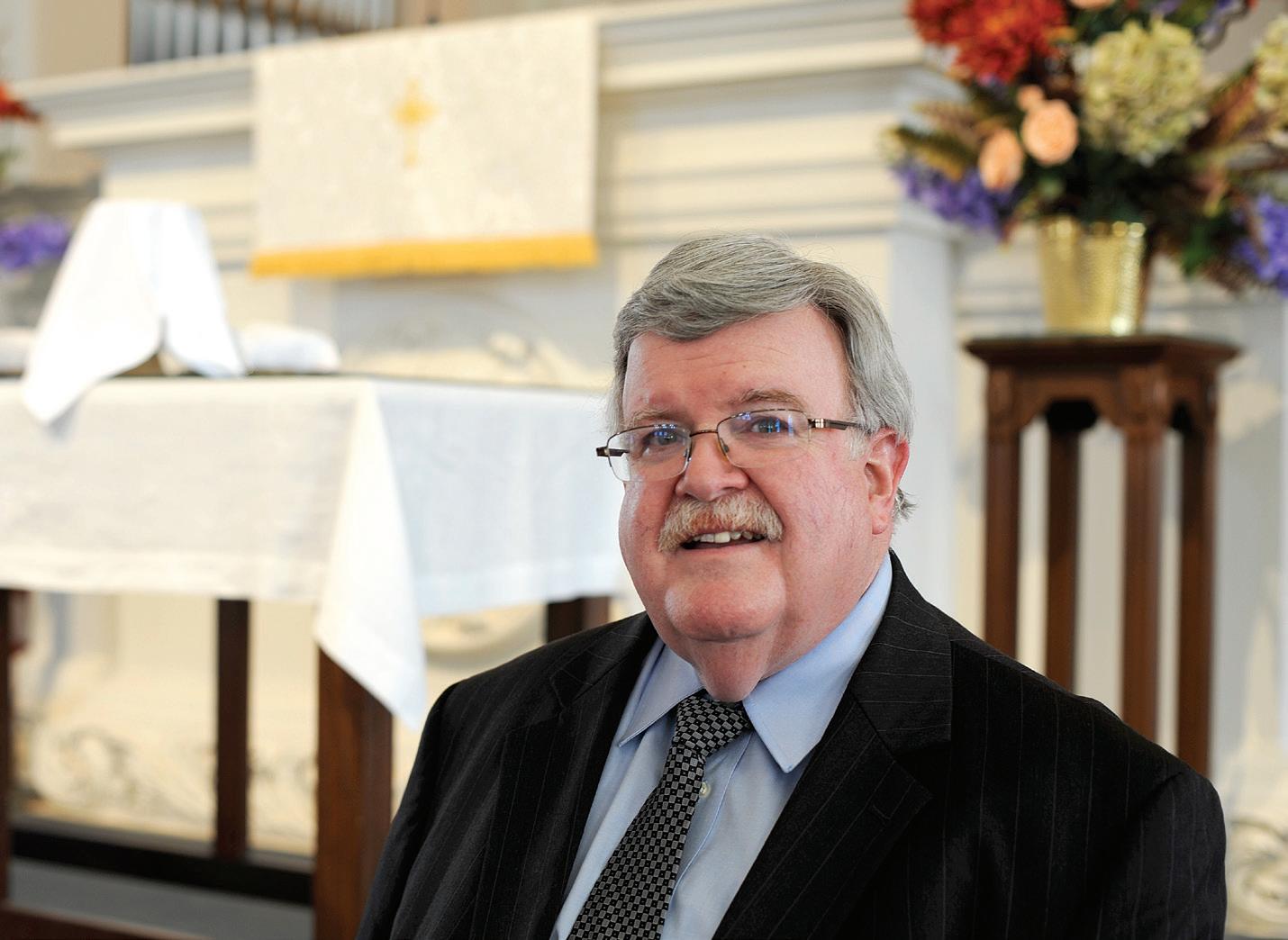
6 minute read
CONGREGATIONS seek to appeal to retirees
Religious composition of adults in Georgia
Muslim < 1%
Buddhist < 1% Hindu < 1%
Pew Research Center, “Religious Landscape Study” http://www.pewforum.org/religious-landscape-study/state/georgia/
Continued from page 8 of people from their 50s up and a steady stream of people who are younger,” said Elliston, who’s 75 himself and takes part in daily meditations at the center. “It’s mainstreaming.”
Decatur pastor Jones, who’s turning 65 and retiring himself this year after 43 years with United Methodist churches in northern Georgia, believes the aging of mainline congregations is making church leaders rethink some of their offerings.
“I think it’s safe to say in general that the churches of this country were not well-prepared for the longer life spans [and looking for ways to reach and serve a generation of retirees who must care for aging parents but who are also more active, and more interested in being engaged in the world, than previous groups of retirees have been. “We’ve got to pay attention to issues people in my generation are focusing on,” he said. “The church can’t do church the way it did in the ‘50s and ‘60s,” he said.
That can mean changes as small as restriping the church gym so seniors can play “pickleball,” a paddle-and-ball game growing in popularity as older players begin to move on from basketball, to as large as offering sessions of “Vacation Bible School” for adults, Jones said.
At Glenn Memorial United Methodist Church near Emory, Rev. Susan Pinson, minister for children and older adults, says its not unusual to see church members in their 70s and 80s taking part in programs. Seniors knit prayer shawls, prepare meals for the homeless and take church-sponsored trips to various locations around metro Atlanta and elsewhere, she said. An 88-year-old member recently signed up for a church trip to Costa Rica. “When we have 60-year-olds come with us, we joke they’re the young ones,” Pinson said.
At Second-Ponce de Leon Baptist, one of Buckhead’s huge church complexes, Senior Pastor Dr. Dock Hollingsworth said his church targets two groups for new members: young marrieds and recently retired seniors.
Both groups are moving in large numbers from the suburbs into the city, he said, and some members of both groups seek the kind of traditional church experience
Second-Ponce offers. “This Baby Boomer group that’s retiring is an increasing part of our population,” Hollingsworth said.
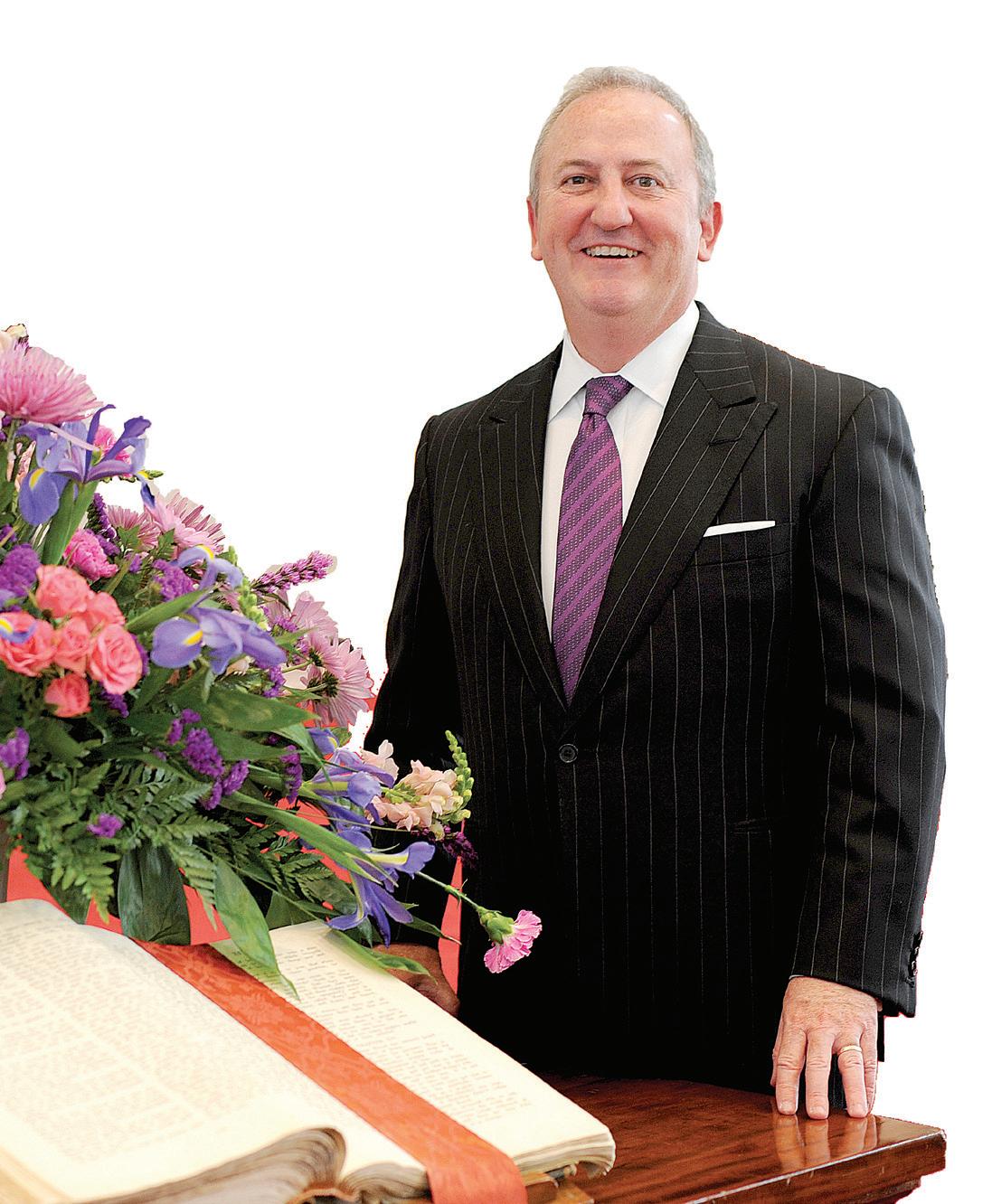
He says the church hopes to attract people who are “retired, but not ready to go pick apples.” That means bringing in people who aren’t necessarily traditional church members, such as couples that have two residences, one in Buckhead and one in the mountains or at the beach, and won’t come to their home church every Sunday.
It also means offering members of his congregation a chance at community or volunteer work of substance.
“Once these hard-charging Buckhead professionals retire, they’ve got to have something to hold on to,” he said. “The church is an ideal expression of that.”
The church provides volunteer programs within the city of Atlanta, such as tutoring for children at nearby schools, and is exploring starting ministry in Cuba, he said. One recently retired church member recently contacted Hollingsworth, the minister said, to ask how he could create a ministry around bicycle repair.
“We’ll put you to work doing stuff that matters,” Hollingsworth said. “Now that you have made a whole bunch of money, we’ll give you something to do that matters.” as trees, shrubs and bulbs. principles when filling up your containers. Once the color scheme is determined, adding plants that contrast or compliment the scene will keep it dynamic and interesting.

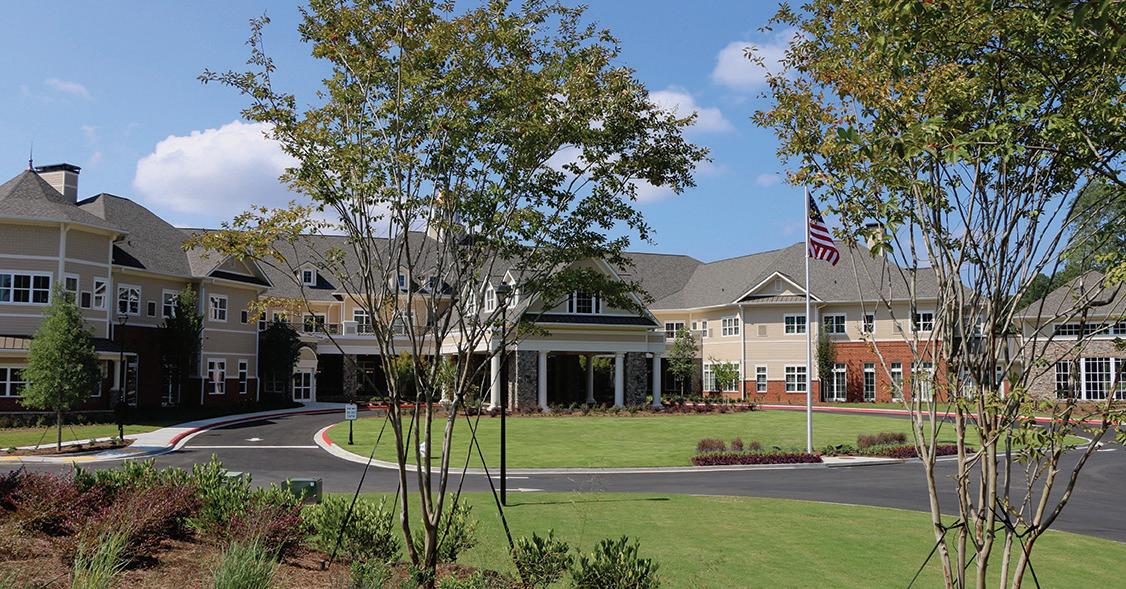


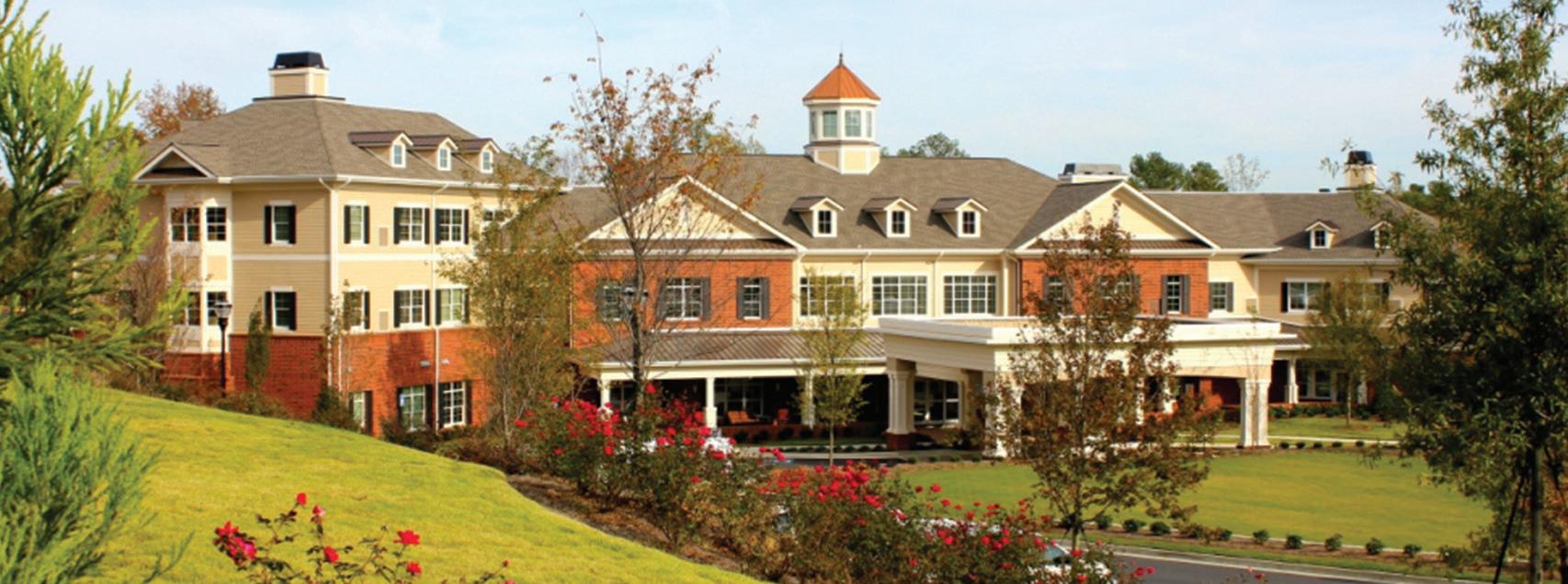

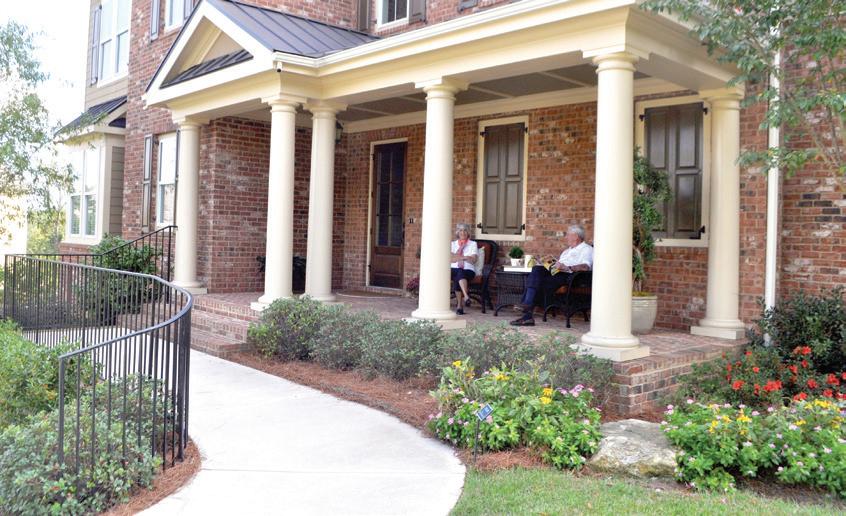


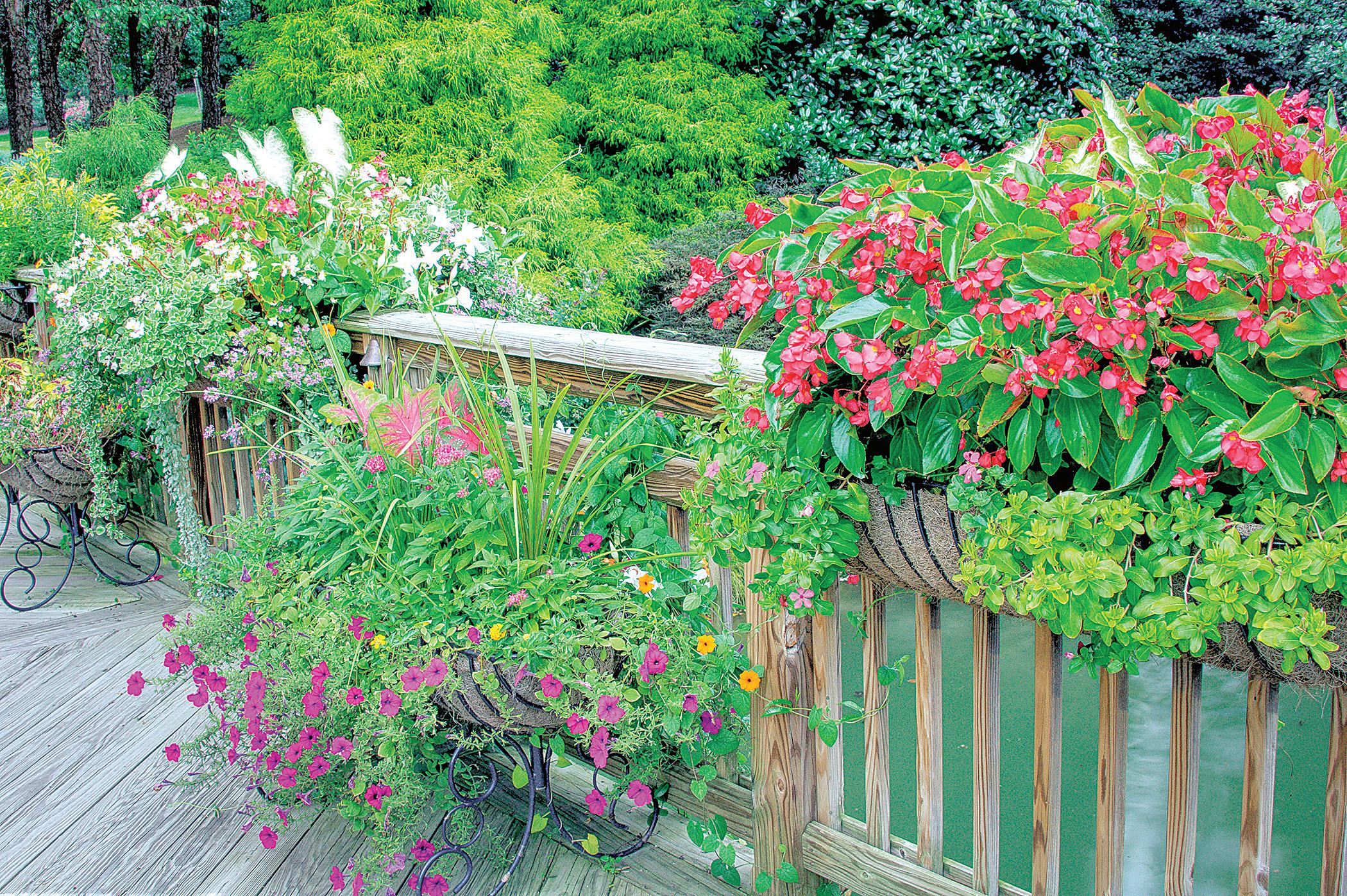
This will extend the bloom period in your garden. By including a variety of plants with different forms, i.e. spikes and mounds, big leaves and tiny foliage, etc., your garden will be even more appealing.
Consider not only the color and shape of the flowers, but the texture and size of the foliage and the plant as well. If space permits, two of three of the same variety planted in a group make more of an impact than a single plant of many different types.
Erica Glasener is a horticulturist, writer and plant lover. She is the marketing manager at Gibbs Gardens, a public garden in Ball Ground, Ga. For more information about the gardens, visit gibbsgardens.com.
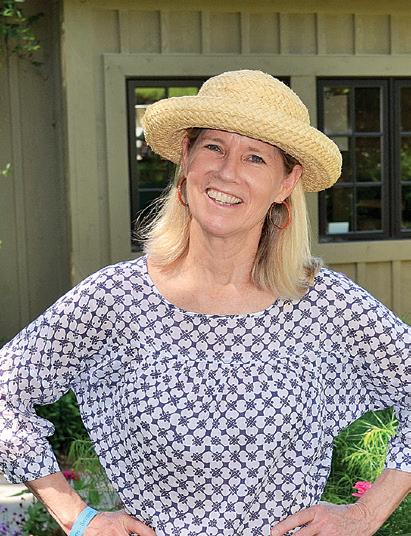
One of the advantages of growing perennials is that, once established, they require a minimum of care and many will persist for years. Some perennials with evergreen foliage offer year-round beauty.
Come Meet Our Physicians


When you design your garden, think about grouping plants, both foliage and flowers, of similar colors together. This will go a long way toward creating a cohesive feel.
You can apply the same
Although short lived, annuals are the “workhorses” of the garden, blooming for months at a time. Many also offer striking foliage when blooms are scarce. With careful selection, you can create a landscape that offers nonstop color from spring until frost.
Here are a few combinations for spring and summer blooms. All of these will thrive in full sun, and a few will tolerate partial shade, too. Certain plants, like garden phlox, may put out a second flush of flowers if you cut them back by a few inches after their first flush of flowers.
► Begonias, Caladiums and Dracaena spikes—a great annual combination for containers, they bloom all summer long until frost.
► Hemerocallis (daylilies), Kalimeris pinnatifida (Japanese Aster) and garden phlox (also known as Phlox paniculata) wonderful perennials for summer color. Combine them with annuals like Angelonia, begonias and spider flowers (Cleome).
► Iris ensata ‘Variegata’—a variegated Japanese iris with striking foliage and beautiful spring blooms. Site it near water for a dramatic effect, where it will look good for months. Combine it with Autumn fern and Acorus ‘Ogon’.
► Perovskia atriplicifolia (Russian sage)—a great perennial “doer” that begins blooming in summer and continues well into fall. Its lavender flowers and blue-green foliage look good in combination with annual Cleome (also known as spider flower), salvias, coleus, ornamental grasses and perennial sedums.
► Veronica umbrosa (Georgia Blue)—This charming matforming perennial is covered with medium blue flowers which begin to bloom as early as late February and continue until March. It also works well as a groundcover for small bulbs or early daffodils. Combine it with Euphorbia characias wulfenii for an addition of chartreuse flowers and blue-green foliage. For annual spring color, add violas in shades of blue and yellow.
It’s as easy as that.
On the Move
Historic Battle of Atlanta painting moves to Buckhead
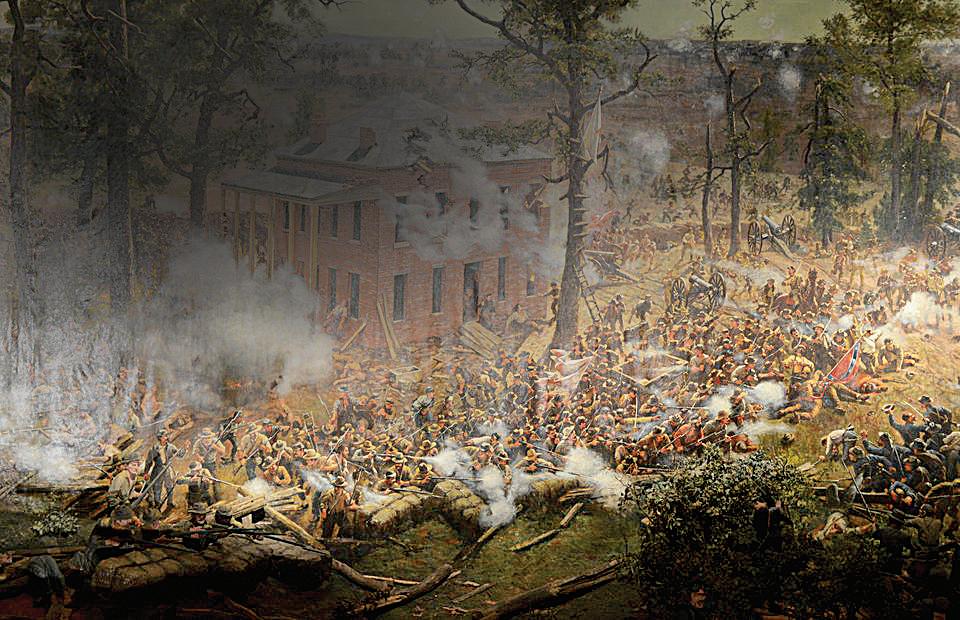
The historic Battle of Atlanta painting has been moved from its home in Grant Park to the new custom-built 23,000-square-foot Lloyd and Mary Ann Whitaker Cyclorama Building at the Atlanta History Center in Buckhead.
A team of Atlanta History Center staff experts and cyclorama conservationists orchestrated the transfer of one of the city’s rarest historic treasures, which debuted in 1886 and was housed in the Grant Park facility since 1921. The team’s processes included strength-testing the canvas, documenting the current condition of the paint layers and fiberglass backing, and conducting stabilization conservation efforts needed prior to moving the painting.

The painting, 42 feet tall with a circumference of 359 feet, is estimated to weigh 12,000 pounds. After it was carefully separated along two existing seams, the two 6,000-pound sections were successfully rolled around two 45-foot-tall custom-built steel spools.
Weighing roughly 6,200 pounds each, the spools were individually lifted out of the
Grant Park building by a crane through two 7-foot-square holes cut into the concrete roof. After being loaded on the backs of two flatbed trucks with the help of a second crane, they were trucked to the Atlanta History Center on Feb. 10. Cranes then carefully lowered the scrolls through a 10-foot-square opening in the roof of the new Cyclorama building.

Over the next several months, the painting will be unscrolled in its new home for a full restoration, including the re-creation of seven feet of sky across the top of its full circumference. The full Cyclorama experience, complete with the addition of the restored 1856 Texas locomotive and enhanced interpretation and exhibitions, is projected to open in fall 2018.
The Battle of Atlanta first opened to the public in Minneapolis in 1886 as a tribute to Northern victory and was moved to Atlanta in 1892. In the nearly 125 years that it has been on display in this city, it has been the subject of periodic reinterpretation. At times it was held up as a proud symbol of the capital of the “New South” rising from the ashes of Sherman’s destruction. It has also been viewed as an anachronism because of its interpretation associated with the philosophy of the “Lost Cause” and white supremacy.










